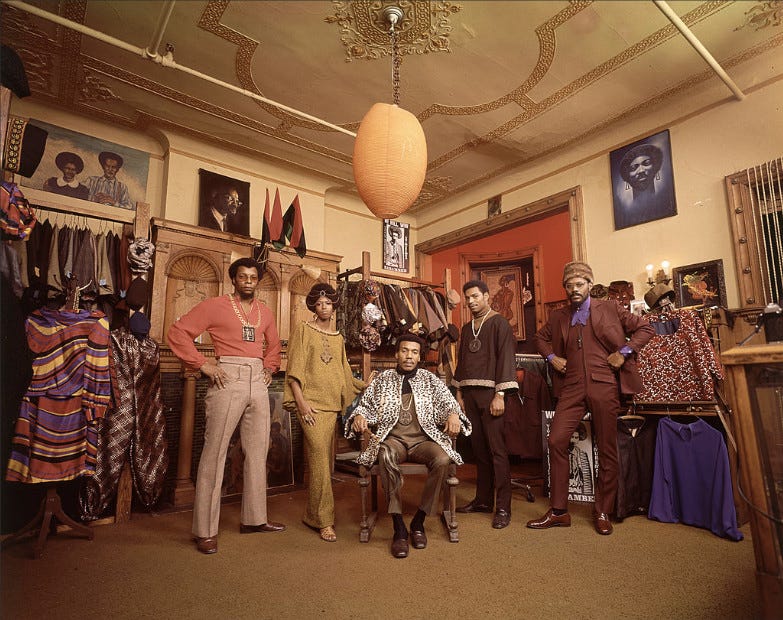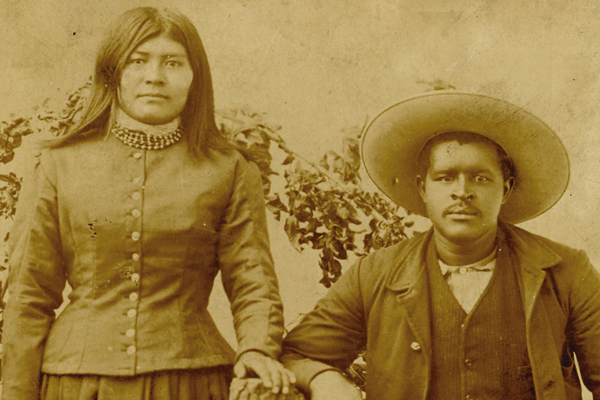IllmaticDelta
Veteran


Valerie L. Thomas
(born February 1943) is an African-American scientist and inventor. She invented the Illusion Transmitter, for which she received a patent in 1980.
In 1964,[3] Thomas began working for NASA as a data analyst.[4] She developed real-time computer data systems to support satellite operations control centers (1964-1970) and oversaw the creation of the Landsat program (1970-1981), becoming an international expert in Landsat data products. In 1974 Valerie headed a team of approximately 50 people for the Large Area Crop Inventory Experiment (LACIE), a joint effort with NASA's Johnson Space Center, the National Oceanic and Atmospheric Administration (NOAA), and the U.S. Department of Agriculture. LACIE demonstrated the feasibility of using space technology to automate the process of predicting wheat yield on a worldwide basis.[5] In 1976, she attended an exhibition that included an illusion of a light bulb that was lit, even though it had been removed from its socket. The illusion, which involved another light bulb and concave mirrors, inspired Thomas. Curious about how light and concave mirrors could be used in her work at NASA, she began her research in 1977. This involved creating an experiment in which she observed how the position of a concave mirror would affect the real object that it reflected. Using this technology, she would invent the illusion transmitter.[2] On October 21, 1980,[4] she obtained the patent for the illusion transmitter, a device that NASA continues to use today.
In 1985, she was the NSSDC Computer Facility manager responsible for a major consolidation and reconfiguration of two previously independent computer facilities and infused it with new technology. She then served as the Space Physics Analysis Network (SPAN) project manager from 1986-1990 during a period when SPAN underwent a major reconfiguration and grew from a scientific network with about 100 computer nodes to one directly connecting about 2,700 computer nodes worldwide. In 1990 SPAN became a major part of NASA's science networking and today's Internet.[5] She also participated in projects related to Halley's Comet, ozone research, satellite technology and the Voyager spacecraft.
She retired from NASA and her positions of associate chief of NASA's Space Science Data Operations Office,manager of the NASA Automated Systems Incident Response Capability and as chair of the Space Science Data Operations Office Education Committee.[3] at the end of August 1995.
Postretirement, Valerie Thomas serves as an associate at the UMBC Center for Multicore Hybrid Productivity Research.[6] She continued to serve as a mentor for youth through the Science Mathematics Aerospace Research and Technology and National Technical Association.[2][4]
honed her skills at NASA, where she and her team developed the first satellite to send images from space (Landsat). She also worked on computer programs used for research on Haley’s Comet and the ozone hole. In the mid-’70s, she began experimenting with concave mirrors and finally patented a 3-D Illusion Transmitter in 1980. Today, NASA uses the technology, doctors use it for medical imaging, and when you watch your 3-D television, thank Valerie Thomas.
Thomas was always fascinated with electronics and technology from a young age, but being a girl, was not encouraged to pursue these interests. When she enrolled at Morgan State University, she decided to embrace them. She became one of two women in her class to major in physics. After graduation she began working at NASA in 1964 at the Goddard Space Flight Center (GSFC). She helped to develop real-time computer data systems for satellite operations control centers. Then from 1970 to 1981 she managed the development of the Landsat image processing data systems, the first satellite to send images from outer space. According to NASA, “The Landsat Program provides the longest continuous space-based record of Earth’s land in existence. Since 1972, Landsat satellites have collected measurements of Earth’s continents and surrounding coastal regions that have enabled people to study forests, food production, water and land use, ecosystems, geology, and more.”

During this period, she started experimenting with image transmission. In 1980, she patented her illusion transmitter. The invention is a television-like system for transmitting an illusion of an object. The invention was based on the properties of mirrors. A regular flat mirror shows a reflection of an object appearing behind the glass surface. A concave mirror presents a reflection that appears in front of the glass, which creates the 3D illusion. This was the beginning of 3D technology. The transmitter was first implemented in studying space phenomena and is still used to analyze images of distant space entities. Thomas’s technology was the groundwork for 3D movies and televisions today.

Thomas continued to work for NASA until her retirement in 1995 as the associate chief of the Space Science Data Operations Office. She has received a number of awards including the GSFC Award of Merit, the highest award given by the GSFC, and the NASA Equal Opportunity Medal. Her dedication to science, technology and paving a way for other Black women in math and science definitely qualify Valerie Thomas as an honorary fanbro.

To sum up what this technology is, would be to call it early 3D technology. We are now utilizing her techniques for our in home televisions among other up and coming new devices which are capable. To be more technical, the illusion transmitter uses a concave mirror on the transmitting end as well as on the receiving end to produce optical illusion images. A very technical process for what seems like something so simple and soon to be very common technology.
This technology was invented for and at NASAs headquarters but is the initial premise for how 3D technology works. What this patent does (the process) which is different from a holograph as it is an illusion transmitter, is it creates an optical illusion by placing parabolic mirrors that are conceived to create a parallax view of the subject which appears 3-dimensional to viewers. Parallax view – The effect whereby the position or direction of an object appears to differ when viewed from different positions. What she did was take the various views of the view created and rendered an “illusion” or in more basic terms, created the first 3D technology. While this was first used for observing Haley’s Comet and other space phenomena, the process quickly became something NASA used and continues to use to analyze images of distant entities in space in a 3-dimensional illusionated view. The transition of this into our everyday lives can be seen in the new and ever improving television sets which the majority of western culture has. Technology that is being utilized in our space exploration also has implications and uses for our everyday lives. The 3D technology/illusion transmitter is just one of NASAs other different technologies that are utilized for everyday use as our culture has progressed.
Here is what the actual Patent diagram looks like:

It was in the Late 70’s where her experiments with flat mirrors and concave mirrors led her to her ultimate discovery of the Illusion Transmitter. How does it work exactly? It’s a very difficult concept to see on paper in technical terms, but when you actually think about what it is achieving (and how simple it is) it really is a pretty ingenious idea. How it works: Flat mirrors, provide a reflection of an object that is behind the glass surface (this is our everyday mirror). A concave mirror house presents a reflection that appears to exist in front of the glass which is what ultimately creates the 3D look or illusion. Thomas used these images she created to hopefully provide a more accurately of showing data. The process was initially viewed and used for NASA, but she was not quick to realize the commercial potential for the 3D illusion/delivery process.
Although 3D technology is traced back to the beginning of photography, “In 1844 David Brewster invented the Stereoscope. It was a new invention that could take photographic images in 3D” it was The Illusion Transmitter that really paved the way for 3D anime and film to achieve what Illusionist Photographers had been achieving in years prior. This illusion shows multiple images combined to show a 3d effect when used with special viewing lenses or 3D glasses– the same idea essentially behind the Illusion Transmitter.

















































 History they rarely ever teach in school. Side note I always thought Jim looked like Snoop.
History they rarely ever teach in school. Side note I always thought Jim looked like Snoop.
 The afram influence is all over what we now think of as rural white-hillbilly, country-mountain music
The afram influence is all over what we now think of as rural white-hillbilly, country-mountain music










